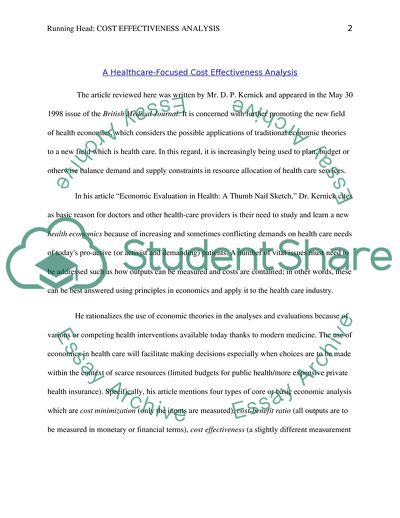Economic Evaluation in Health: A Thumb Nail Sketch Research Paper. https://studentshare.org/medical-science/1755724-critics-of-the-economic-evaluation-in-health
Economic Evaluation in Health: A Thumb Nail Sketch Research Paper. https://studentshare.org/medical-science/1755724-critics-of-the-economic-evaluation-in-health.


